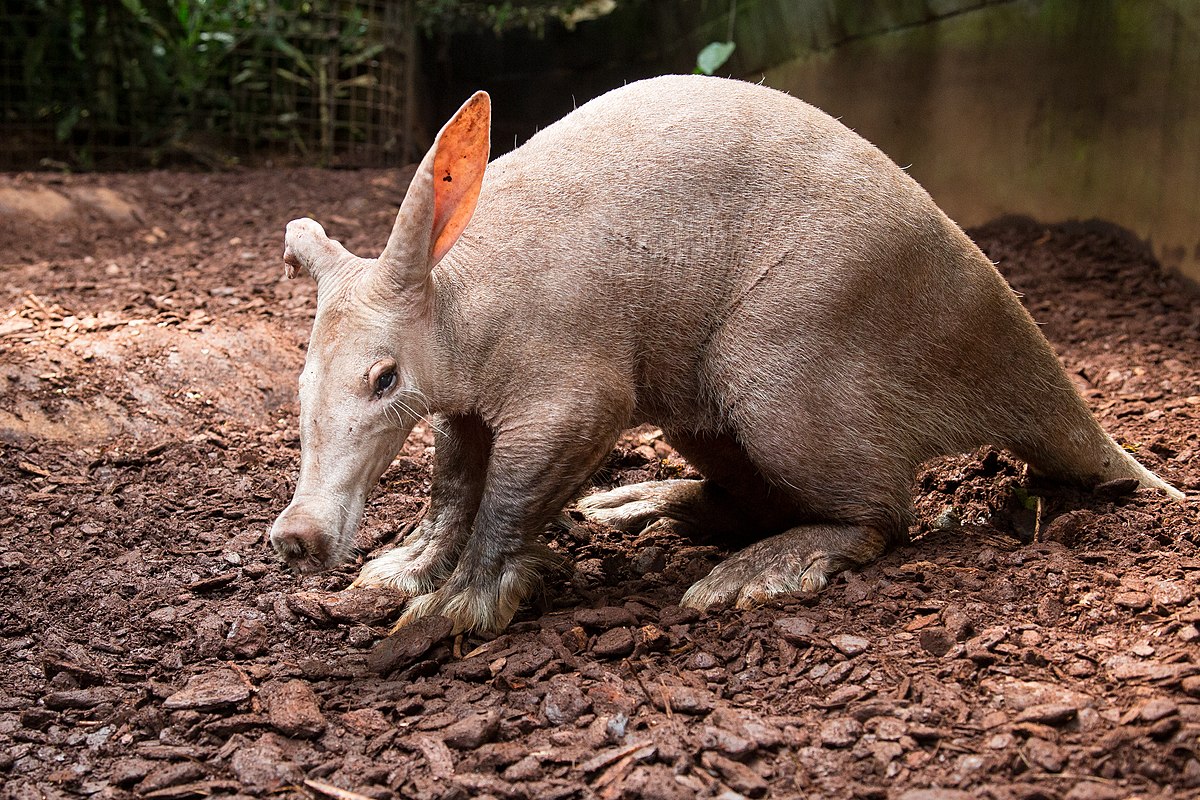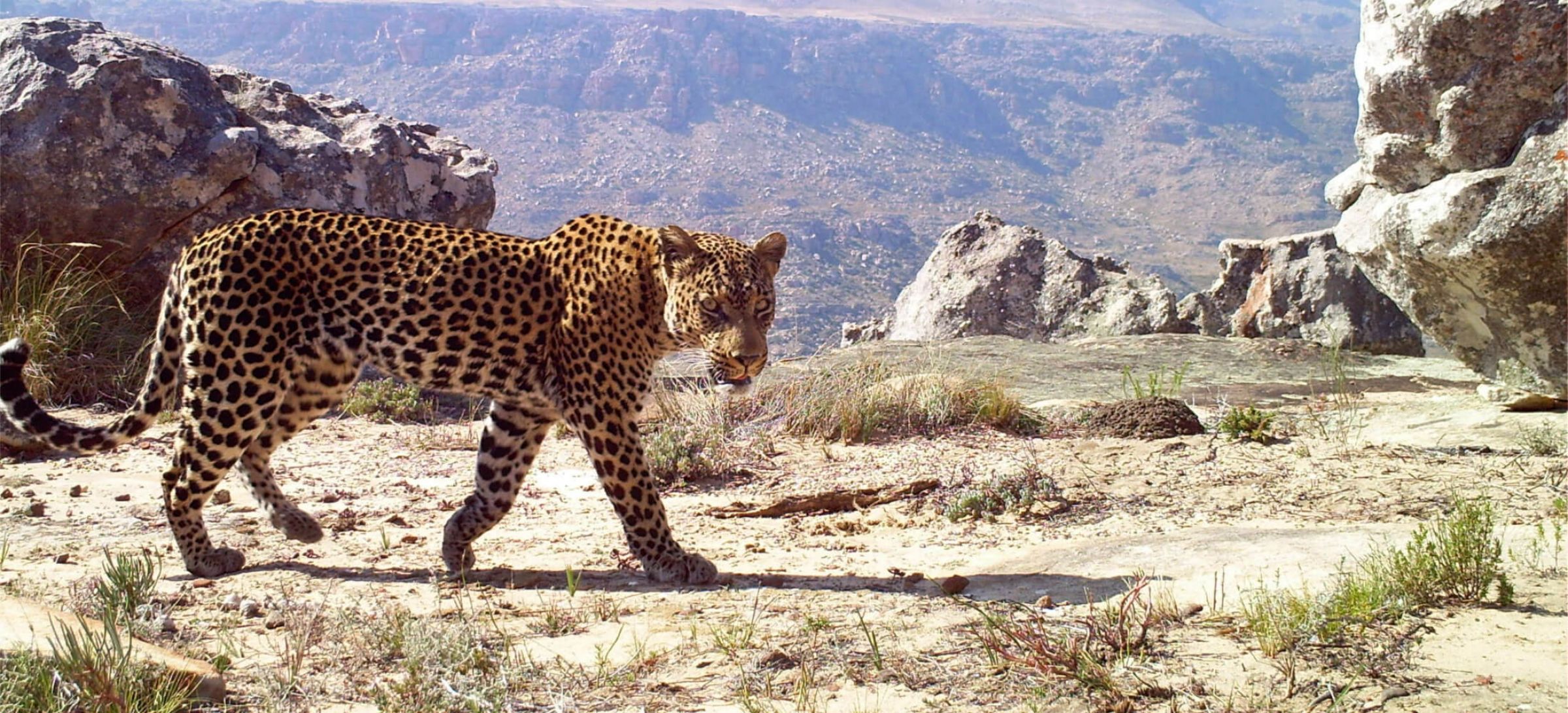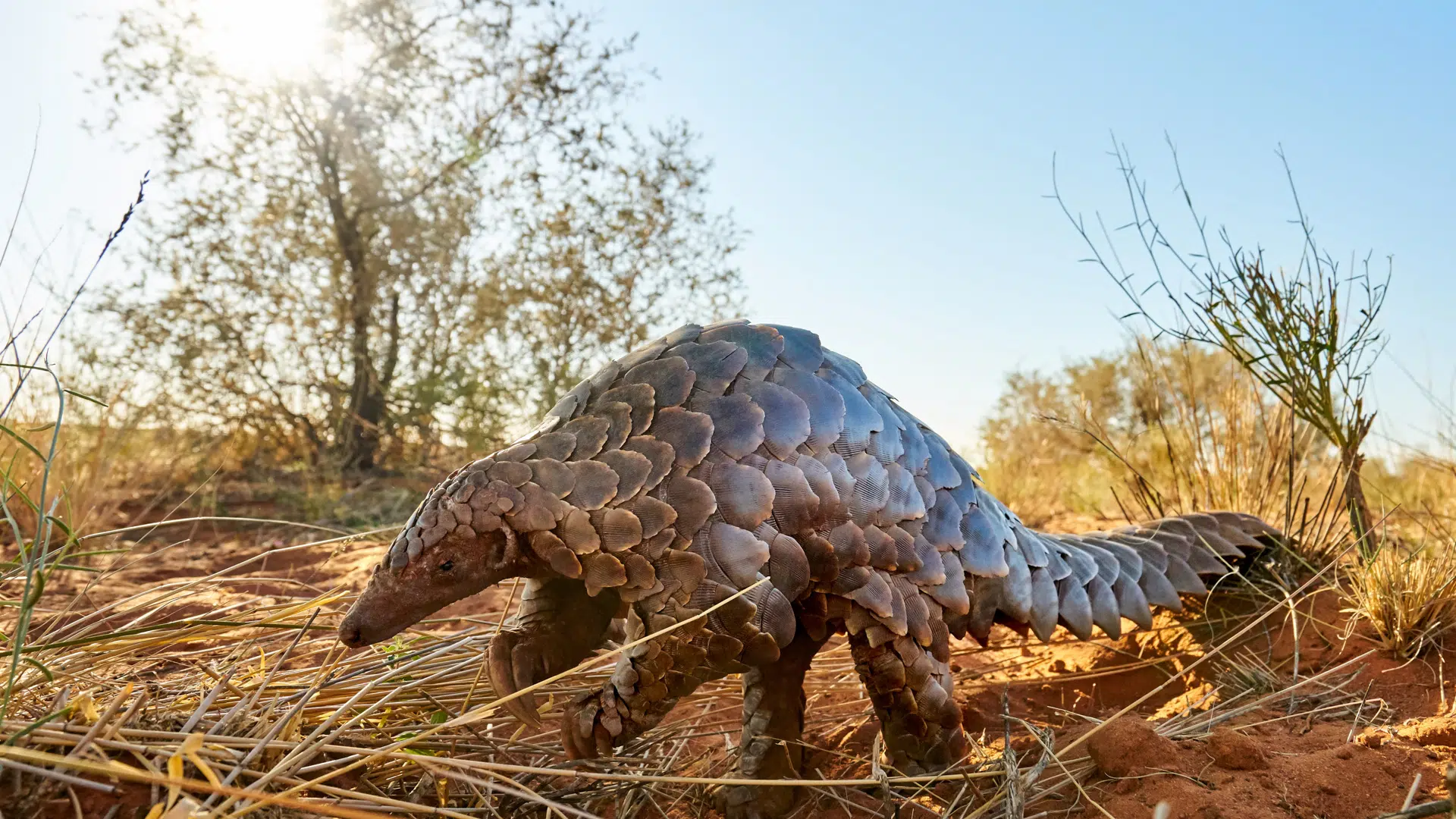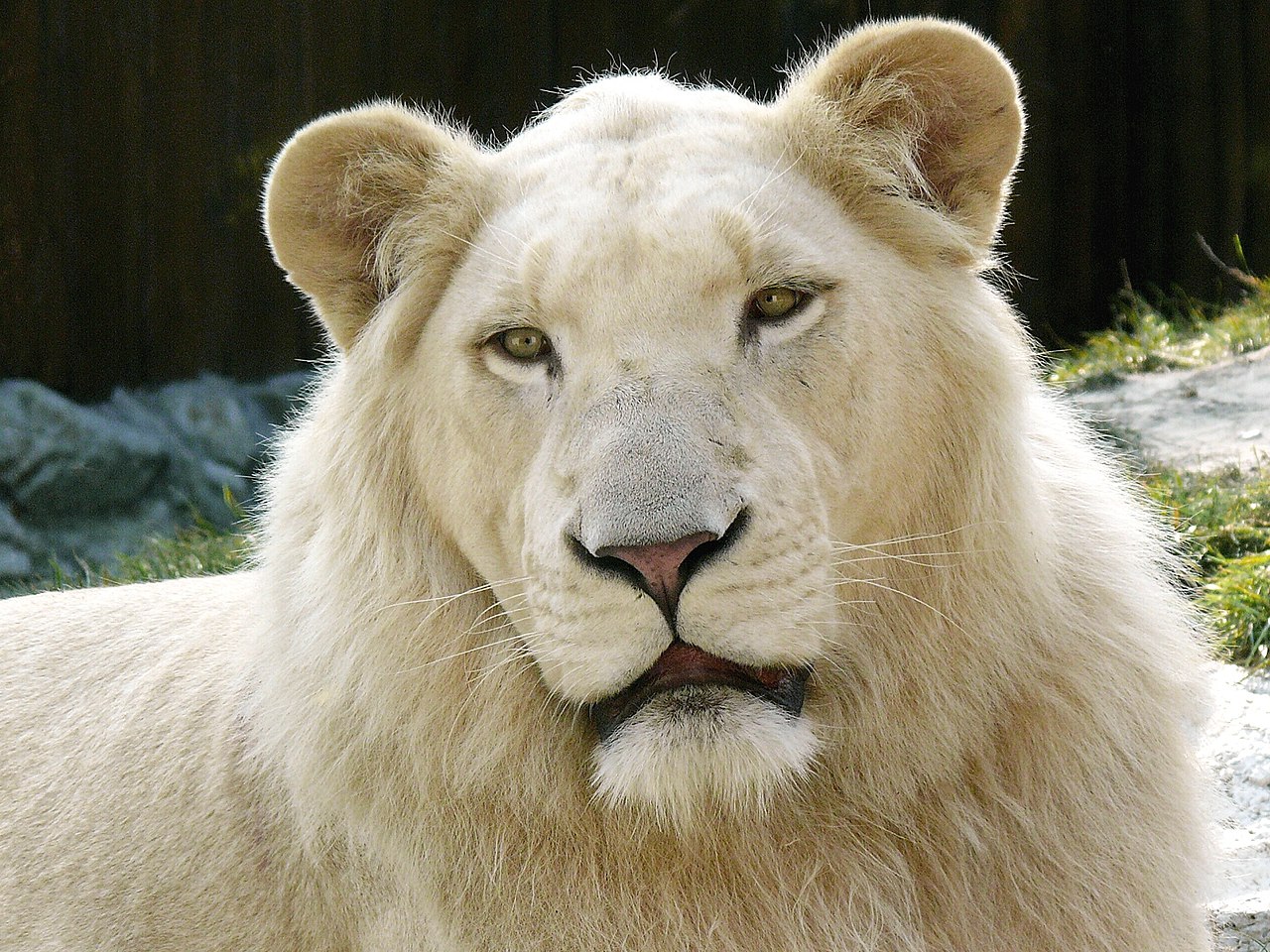If you’ve been on a trip to a Game Reserve, you’re probably aware of the African Big 5 of lion, leopard, elephant, buffalo and rhino. Guides will help visitors tick these iconic animals off their wish list, in some cases in a single day. But what about those animals you’ve got almost zero chance of seeing? There are more than these five species, and for those looking for a real task there’s the African Impossible 5.
These are very rare and difficult to see. They are aardvark, Cape Mountain leopard, pangolin, riverine rabbit and white lion (in the wild). Despite being a member of the Impossible 5, the aardvark is also a member of the Shy 5, so consider yourself lucky if you get to see this wonderful animal in the world.
Who are they?







